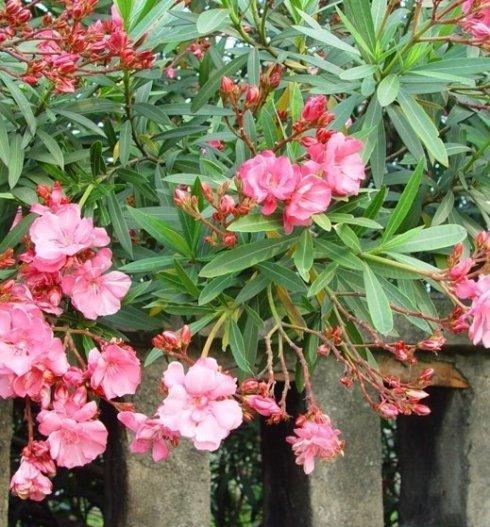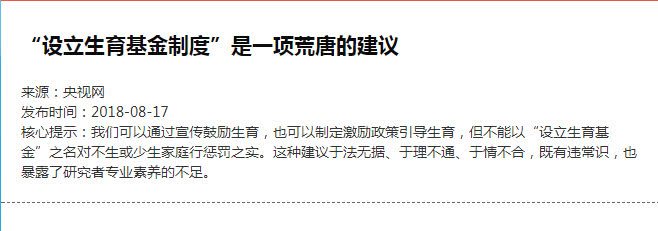Rational utilization of overgrown branches in bonsai

Long branches refer to the strong branches that sprout from latent buds on perennial old branches. it was originally a professional term for fruit tree planting, generally referring to the weak, fragile, not long branches of herbaceous plants, but very tender, weak and not growing well. it is mostly a sign of lack of sunlight and fertilization. Now gradually applied to the maintenance of bonsai plants. Most of the long branches are useless branches, but this paper attempts to discuss it from a favorable point of view.
First, the cause and performance of growing branches
Bonsai plants grow branches because the conventional growth mechanism of plants is broken, changed or weakened. It is more prominent in young trees, old trees, heavy-cut trees and disabled trees.
1. Deficiency of excess nutrients
The main nutrients needed by plants are ammonia, phosphorus and potassium. When ammonia is sufficient, plants can synthesize more proteins, promote cell division and growth, rapidly increase plant leaf area and accelerate photosynthesis, resulting in plant growth and prosperity. Phosphorus is involved in photosynthesis, respiration, energy storage and transfer, cell division and other processes in plants, which can promote the formation and growth of roots. Potassium can obviously improve the absorption and utilization of helium in plants, and can be quickly converted into protein to promote plant reproductive growth.
In the maintenance of young and strong stumps with strong growth ability, in order to strengthen the tree and shorten the forming time, it is generally big fat and big water management. If there is too much phosphorus and potassium fertilizer but not enough nitrogen fertilizer, the growth state of root, stem, branch and leaf is out of balance, the growth advantage of root and stem temporarily exceeds that of branches and leaves, and photosynthesis is not enough, it will be near the old bud point (latent bud) with the best transport function of the old branch. one or more vigorous branches will soon grow to achieve a new balance. If excessive application of ammonia fertilizer and other elements are insufficient, the leaf area and the number of chlorophyll will increase, which will make the plant grow prosperous for a long time, provide a lot of nutrients to the plant root, and suddenly strengthen the root function, which is also easy to induce overgrown branches.
2. Strong cutting of main branches and decapitation of prosperous trees
According to the modeling method of "truncation and branch storage" of Lingnan bonsai, when the trunk or main branch of the stump is raised to a certain thickness, it is necessary to cut the head short, and if the branch is in proportion, it is necessary to strongly cut it and re-cultivate the next branch. These stumps are in the green stage of vigorous growth, and once the stump is decapitated or strongly cut, the balance between branches, leaves and roots will be broken. Although the root function is temporarily reduced, there is an urgent need for nutrition from the leaves through photosynthesis to maintain. New strong branches will quickly grow in the nearest bud position with the best cortex and ducts, in order to achieve the new balance as soon as possible.
3. The transport of bark injury is interrupted.
Bark is an important organ for trees to protect trees from damage and effectively transport all kinds of nutrients and water. When the bark is damaged and germs invade, and the transport tissue of the tree is destroyed or interrupted, it will look for better old bud points under the damaged site and quickly grow new and strong branches, so as to quickly restore the photosynthesis of the leaves and provide nutrients to the roots. In the practice of bonsai, there is often the practice of carving bark to promote sprouting and peeling bark around to promote rooting, which is to destroy the application of the principle of plant transport system.
Bonsai growing branches not only disturb the tree shape and affect beauty, but also consume a lot of nutrients, which adversely affect the formation of flower buds in the coming year, which generally need to be wiped or cut off in time.
"existence is reasonable". Since the tree stump has grown branches, it must have its own physiological reasons, we should distinguish different situations, in different stages of stump maintenance, according to different tree species and different maintenance purposes, careful treatment, rational use, to improve the maintenance level.
One of the misunderstandings: regardless of whether it is shaped or not, it will be deleted.
For the need of type conservation, the growth of the molded stump is restricted by many people, and it is generally rare to grow branches. Because the stump has been formed, there is little need to cultivate a small number of overgrown branches as preparatory branches or auxiliary branches, and it is generally necessary to delete them.
Most of the unformed stumps are in the stocking stage, and root cultivation, branch cultivation, modeling and strong trees are the main conservation purposes. In the process of stocking, sufficient water and fertilizer, good environmental conditions, tree growth is relatively exuberant, and short cutting, heavy pruning, branch adjustment, flat binding and other work are constantly going on, which can easily induce overgrown branches. Keeping some of these branches consciously can help trees grow and shorten the forming time of tree stumps.
The second misunderstanding: no matter the pile is cooked, it will be deleted.
Stumps that have been cultivated for less than two years downhill are generally called "stumps", while stumps that survive and grow normally are generally called "stumps". "the survival of tree stump" is the main purpose of the first stage of stump maintenance. On the issue of survival, there is a great difference in the treatment of branches and leaves between raw piles and mature piles. Because the mature pile has survived and can grow normally, its overgrown branches can be deleted if there is no specific purpose. The stumps are different, because they have just come down the mountain for cultivation, and they are seriously injured, so they need to restore the tree potential quickly, and the number of branches and leaves plays a very important role in the restoration process. The larger the primary leaf area of the downhill pile is, the stronger the photosynthesis is, and the more nutrients are produced through the leaves, which speeds up the root growth: the root healing and growth speed is accelerated, which can more effectively provide water and various nutrients to the branches and leaves. promote the rapid growth of branches and leaves. Therefore, the raw pile should not be excessively sprouted or trimmed in the first year, and the vigorous branches should not be deleted at will.
Myth 3: no matter what variety it is, it will be deleted. Although the function of leaves is the same between hardwood and coniferous wood, the functional ability of hardwood is very different from that of coniferous wood. Hardwood grows relatively fast because of its large leaf area, many pores, strong photosynthesis, fast respiration and rapid growth, while coniferous wood generally grows relatively slowly. In terms of growth rate, the new branches of hardwood are relatively easy, while those of conifers are generally more precious; from the point of view of photosynthesis, the effect of deleting branches on coniferous wood is much greater than that on hardwood. Therefore, the removal of branches should be treated differently, especially the piles should be treated more carefully. At present, the domestic pine and cypress bonsai is developing rapidly, but some bonsai lovers use hardwood when deleting pine and cypress branches and leaves, which is in fact very wrong. Especially for the downhill pine and cypress stump, the branches and leaves are pruned in one step, and all the useless branches are deleted, leaving only a small amount of branches and leaves, resulting in slow growth, weakness and even death of the stump.
Wonderful content
- Prev

One drop of juice from these three kinds of flowers will kill the livestock and don't be raised in a pot.
Flowers and plants, now more and more people, want to bring some vitality and color to the family. And some flowers can also play the role of purifying indoor air, such as hanging orchid, tiger skin orchid, etc., naturally raise more people. The species of flowers.
- Next

How did the strange theories of paying others to raise children and not having children to pay more taxes come from?
These days, the debate about giving birth is moving towards the best part of a new wave. First, Xinhua Daily published an article suggesting the establishment of a fertility fund system, suggesting that citizens under the age of 40, regardless of men and women, must pay a certain proportion of their wages to the fertility fund every year. Such as Gong.
Related
- Wuhan Hospital Iron Tree Blooming Result Was Instantly Frightened by the Gardener Master
- Which variety of camellia is the most fragrant and best? Which one do you like best?
- What is the small blue coat, the breeding methods and matters needing attention of the succulent plant
- Dormancy time and maintenance management of succulent plants during dormancy
- Minas succulent how to raise, Minas succulent plant pictures
- What are the varieties of winter succulent plants
- How to raise succulent plants in twelve rolls? let's take a look at some experience of breeding twelve rolls.
- Attention should be paid to water control for succulent plants during dormant period (winter and summer)
- Watering experience of twelve rolls of succulent plants
- Techniques for fertilizing succulent plants. An article will let you know how to fertilize succulent plants.

